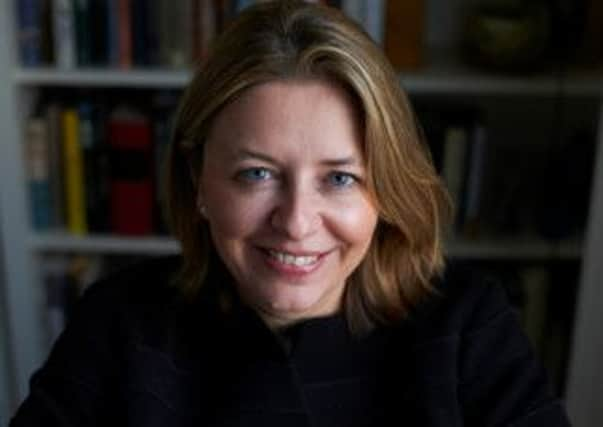Turning the Fifties myth on its head


The idea for her first book came to journalist Rachel Cooke when she bought an original 1950s Ercol sideboard – in pale wood and timelessly modern – on eBay. “The more I looked at the sideboard and how different it was to the dark, old-fashioned furniture in the rooms of my grandparents, the more I began to think that there are two versions of the Fifties.”
Cooke’s well-received non-fiction debut Her Brilliant Career – Ten Extraordinary Women of the Fifties is a thoroughly researched and engagingly written series of essays celebrating the achievements of a group of women who established their impressive careers in the years following the Second World War. “When I was first thinking about the book it was at the time that series like Mad Men and Call the Midwife were on television,” says Cooke. “And the picture you got was that every woman in the Fifties was a housewife so I thought I would see if I could find some career women.”
Advertisement
Hide AdAdvertisement
Hide AdDeliberately avoiding film stars and novelists, Cooke instead sought out women who were carving a niche for themselves in professions as diverse as architecture, archaeology, film production, rally-car driving, magazine journalism and the law. “I found 10 women with very different careers from each other and also with racy private lives,” says Cooke. “I wanted to show that lots of things were happening in the Fifties. It is a funny period – we want it to be a certain thing, we sort of patronize it but I didn’t see it like that.”
What makes the women in the book so inspiring is the uninhibited way they went about pursuing their careers, unfettered by any expectations that society may have had of them at the time. This applied equally to their professional endeavours as to their domestic arrangements.
Three of the women in the book – magazine editor Joan Werner Laurie, rally-car driver Sheila van Damm and writer Nancy Spain – lived in a lesbian ménage a trois, while married film producer Betty Box, though apparently happily married, had a long-standing discreet affair with her colleague and collaborator director Ralph Thomas.
“They were mould breakers and pioneers in their private lives and their work lives,” says Cooke. “Expectations of women were more rigid but on the other hand it was before the era of self-reproach. It never occurred to them that they might have to make a choice between career and family – they just got on with it.” To illustrate that point, there is a wonderful photograph in the book of architect Alison Smithson working at a desk in her garden. In the background is a small boy on a bicycle and at her side a baby in a bassinet. “They were more pragmatic,” says Cooke. “I wouldn’t say they were ruthless but they were very determined and stoical. They weren’t expected to feel guilty – your time was there to be filled and you just took any moment that you could.” It is also worth remembering that this was an era when children were left much more to their own devices. “I have tried not to judge the women for that,” says Cooke who interviewed most of the children of the women featured in her book. “Overall they felt that they had been privileged to have those women in their lives.”
Advertisement
Hide AdAdvertisement
Hide AdThere is, however, a hair-raising story about cookery writer Patience Gray. While on holiday with her son and daughter in southern Italy, who were 16 and 15 at the time, one of her many lovers turned up to visit so she gave her children £20 and told them to hitchhike back to London – they arrived safely three weeks later, but the apparent lack of maternal concern is striking. “I spent three years with those women and I have to admit I had moments where I hated them all,” laughs Cooke. “But now I feel fond of them and want to champion them. My hope is that young women read the book and are inspired by it.”